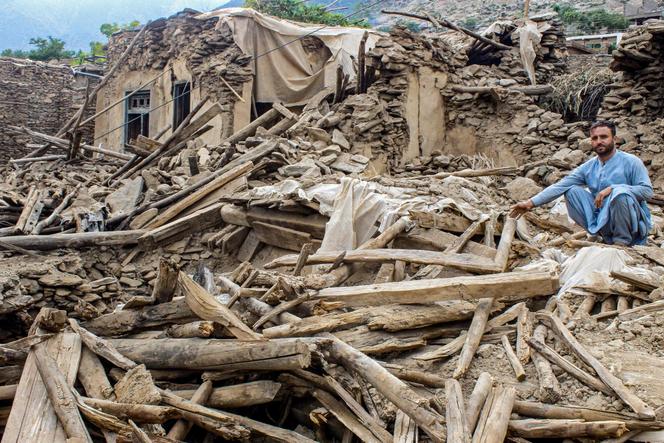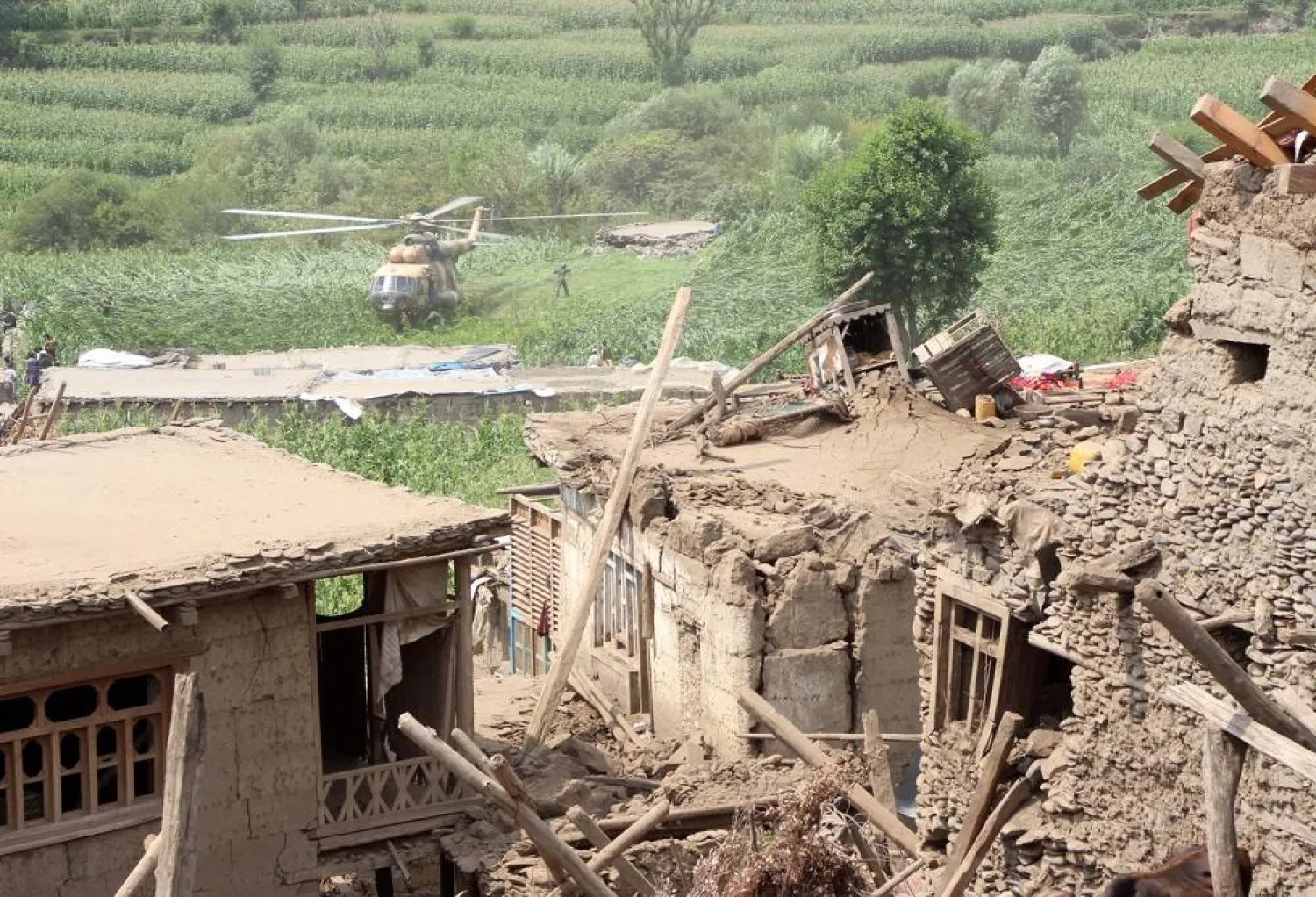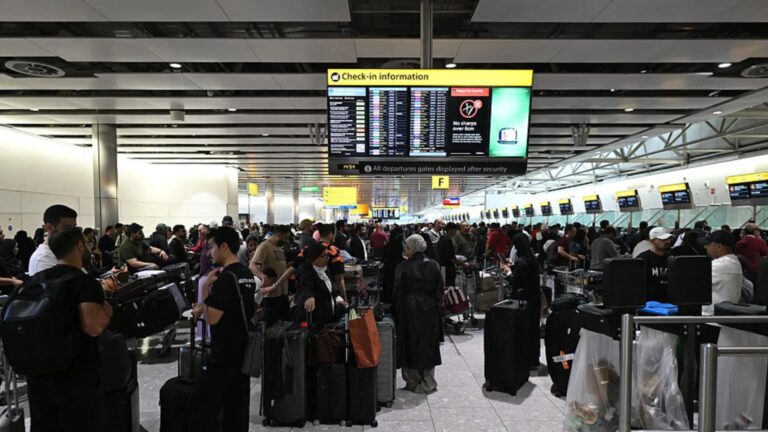
Kabul, September 04, 2025 – The United Nations Office for the Coordination of Humanitarian Affairs confirmed that a 6.0-magnitude earthquake struck eastern Afghanistan at 03:45 local time, killing at least 2,205 people and injuring over 15,000 across Paktika and Khost provinces. The quake has rendered more than 30,000 residents homeless, according to official statements.

Afghans walk past damaged houses, after earthquakes at Mazar Dara village in Nurgal district, Kunar province, in Eastern Afghanistan, on September 1, 2025. (AFP)
Damaged mud-brick homes and a rescue helicopter amid earthquake relief efforts in rural Afghanistan
Immediate Details and Context
The quake’s epicenter was located near Gayan district, a remote mountainous area where most homes are constructed from mud-brick. The timing pre-dawn hampered early evacuation, and landslides have blocked critical roadways. Communications remain down in many districts, delaying damage assessments and aid delivery.
Key Impact Analysis
- Death toll: 2,205 and rising; most victims found under collapsed homes.
- Injuries: 15,400 people, many with crush injuries requiring urgent care.
- Displacement: Over 30,000 left without shelter, bracing for freezing autumn nights.
- Infrastructure: At least 80% of buildings in worst-hit villages destroyed, including schools and clinics.
“This is the worst earthquake we have seen in decades,” stated Martin Griffiths, UN Emergency Relief Coordinator, underscoring the scale of the catastrophe.
“Without urgent water and sanitation support, communities face a looming health crisis,” stated Dr. Tedros Adhanom Ghebreyesus, Director-General of the World Health Organization, as cholera risk rises.
Global Response
Neighboring Pakistan and India have dispatched medical teams, field hospitals, and search-and-rescue units. The World Food Programme has airlifted 500 metric tons of emergency rations, while UNICEF is mobilizing winterized tents and blankets. Médecins Sans Frontières has established three mobile surgical units to treat the injured.
What This Means
Humanitarian agencies warn that without an additional $150 million in funding, aid operations will stall. Winter’s approach threatens hypothermia among the displaced, and damaged water systems risk outbreaks of diarrheal diseases. Reconstruction will require rebuilding over 10,000 homes and restoring vital infrastructure.
Key Facts:
- Epicenter: Gayan district, Paktika Province
- Depth: 10 km below ground
- Time of quake: 03:45 local
- Affected population: ~200,000 residents
Global Impact:
The disaster highlights Afghanistan’s vulnerability to seismic events and the critical need for resilient construction. It also underscores the importance of international cooperation in rapid response and long-term recovery planning.











